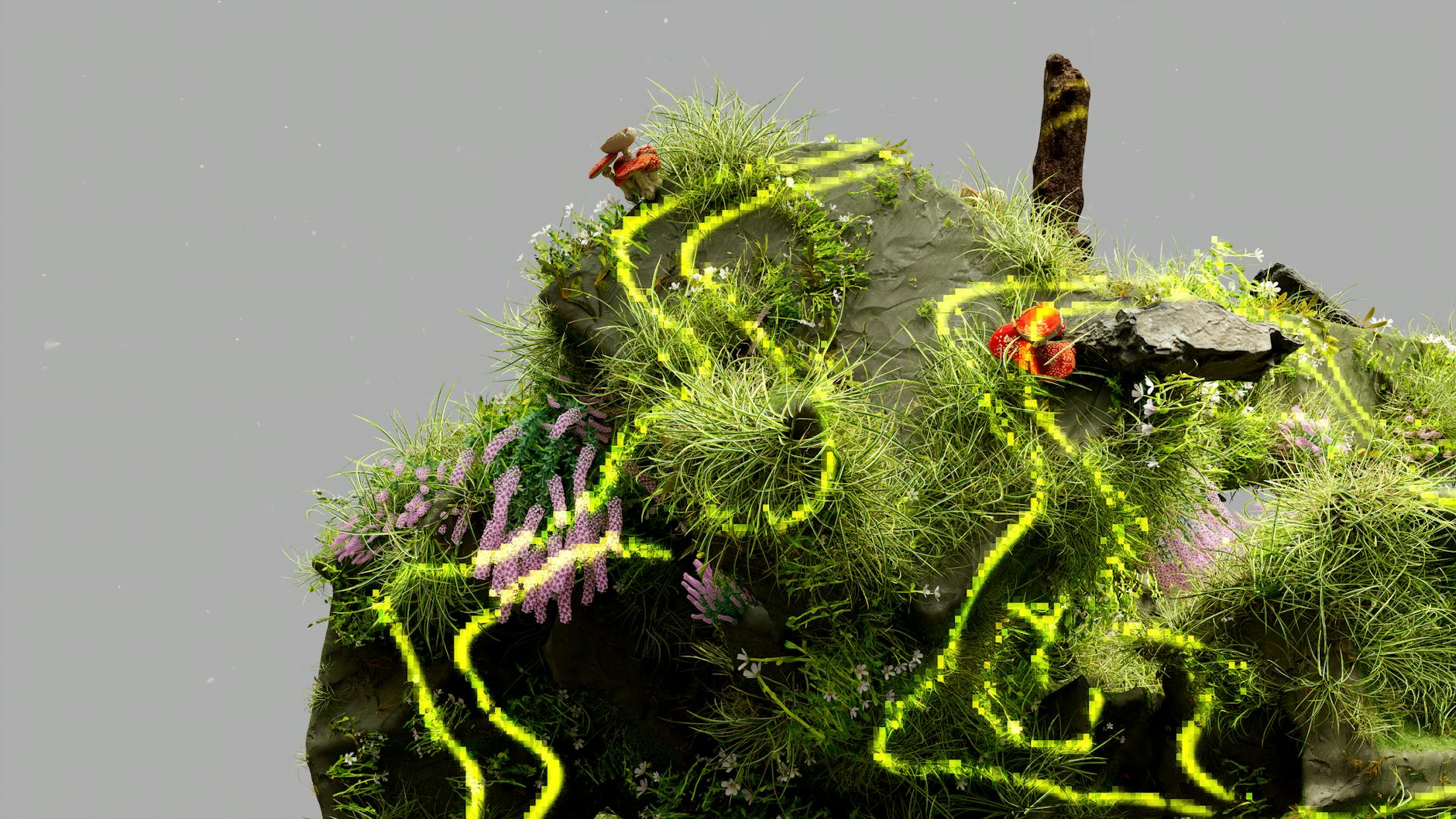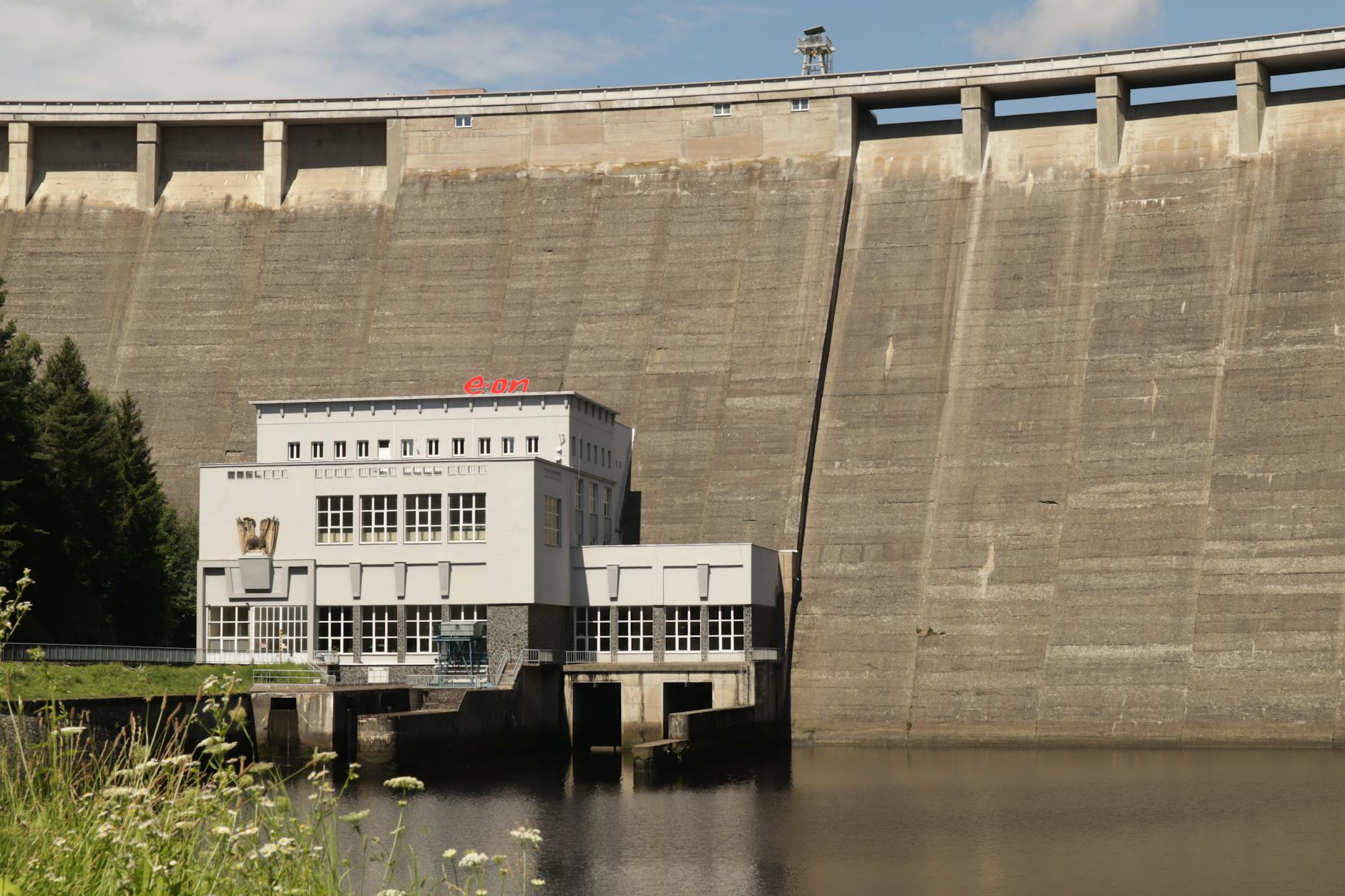Neural Networks: Revolutionizing Next-Gen Robotics!
Artificial intelligence (AI) has been making significant strides in various fields, and one of the most groundbreaking applications is in robotics. Neural networks, a subset of AI, are playing a pivotal role in revolutionizing next-generation robotics. These sophisticated networks are designed to mimic the human brain’s structure, enabling robots to perform complex tasks with efficiency and precision. In this article, we will explore how neural networks are transforming the field of robotics and the exciting possibilities they offer for the future.
Understanding Neural Networks in Robotics
Neural networks, also known as artificial neural networks (ANNs), are interconnected layers of algorithms that are inspired by the human brain’s neural structure. These networks consist of nodes, or artificial neurons, that process information and transmit signals. Through a process of learning and adaptation, neural networks can recognize patterns, make decisions, and improve their performance over time.
In robotics, neural networks are integrated into the control systems of robots to enhance their capabilities and autonomy. These networks enable robots to learn from experience, adapt to new situations, and make decisions without human intervention. By simulating human cognitive functions, neural networks empower robots to perceive their environment, navigate complex terrain, and interact with objects intelligently.
Applications of Neural Networks in Robotics
The integration of neural networks has unlocked a myriad of applications in the field of robotics. One prominent use case is in autonomous vehicles, where neural networks enable self-driving cars to analyze sensory data, make real-time decisions, and navigate roads safely. These networks can recognize traffic signs, predict pedestrian behavior, and respond to changing road conditions, making autonomous vehicles increasingly reliable and efficient.
In industrial robotics, neural networks are employed to optimize manufacturing processes, enhance productivity, and ensure quality control. Robots equipped with neural networks can perform intricate tasks such as assembly, welding, and inspection with high precision and speed. These intelligent systems can adapt to variations in production environments, troubleshoot issues autonomously, and improve overall operational efficiency.
Moreover, neural networks are being leveraged in healthcare robotics to assist in surgical procedures, patient care, and rehabilitation. Medical robots powered by neural networks can analyze medical images, assist surgeons during operations, and provide personalized therapies to patients. These systems offer improved accuracy, reduced human error, and enhanced patient outcomes, contributing to advancements in the healthcare industry.
The Future of Robotics with Neural Networks
As neural networks continue to evolve, the future of robotics holds immense promise for innovation and advancement. Researchers and engineers are exploring novel architectures, algorithms, and training methods to enhance the capabilities of neural networks in robotics. By incorporating deep learning techniques, reinforcement learning, and transfer learning, robots can achieve higher levels of autonomy, adaptability, and intelligence.
One exciting development in the field is the emergence of neuromorphic engineering, which aims to build artificial neural systems that closely mimic the brain’s structure and function. These bio-inspired systems have the potential to revolutionize robotics by enabling robots to learn and think in ways that mirror human cognition. Neuromorphic robots could exhibit autonomous behavior, reasoning abilities, and emotional intelligence, paving the way for truly intelligent machines.
In conclusion, neural networks are driving a paradigm shift in the world of robotics, empowering robots to perform complex tasks, learn from experience, and interact with their surroundings intelligently. With ongoing advancements in AI and robotics research, the integration of neural networks is poised to revolutionize next-generation robotics and pave the way for a future where intelligent machines coexist seamlessly with humans. As we continue to explore the potential of neural networks in robotics, we are on the cusp of a new era of innovation and discovery in the field of robotics.


